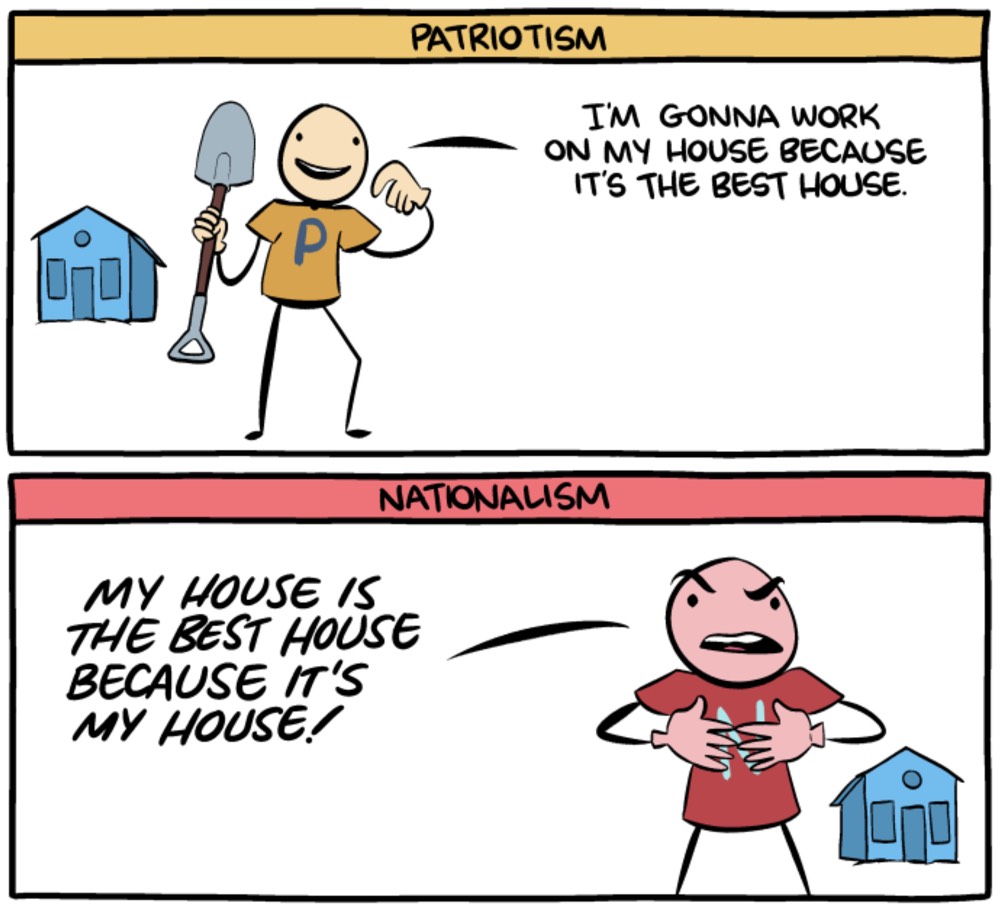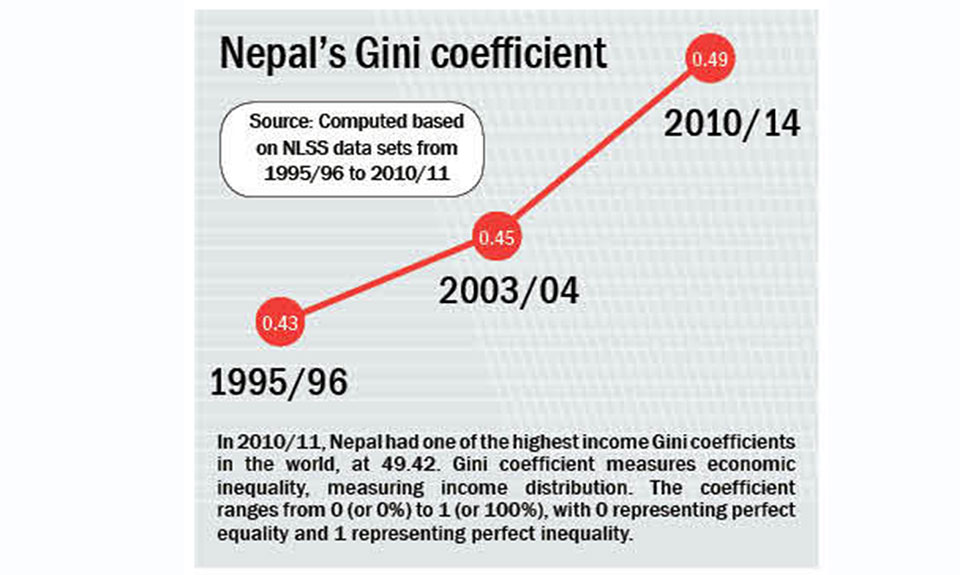What is Nationalism?
Nationalism is a slightly confusing topic, as it is easy to confuse nationalism with patriotism. Patriotism is the love and support for one’s country. Yet nationalism is the love for one’s country with the hatred of other countries. Nationalistic countries want to see the weakening of other countries and the growth of their own, rather than hoping for more strength for everyone. Nationalists tend to be more aggressive and militaristic, and want to assimilate other peoples into their culture. Zakaria sees the rise of nationalism as problematic because it creates an individuality that will make the world fall apart. Nothing good will come out of everyone wanting power for themselves and wanting to hurt other countries to get this. Christian nationalism is religious based, with a focus on Christianity as the more powerful religion, and to have the United States be a Christian dominated country. This idea ignores the separation of church and state, and that one should be able to practice any religion openly in this country. All of these different types of ideas may seem similar but the slight differences make them unique. 
Nationalism in Nepal
Now that you know what nationalism is, how does this affect Nepal? Nepalese nationalism has a few different competing groups. There are three main nationalistic groups in Nepal; Madhesi nationalism, Pahari (Khas) nationalism and Janajati (ethnic) nationalism.
Pahari: The ones in control are the Pahari nationalists, so this means that the other two have no power. Although these are not political parties, they are the largest ethnic group, and so the language of Pahari which is Nepali, is the national language. The Chhetri Shah dynasty from 1768-2008 were members of the Pahari people. Because of this elite status, Pahari’s were given preference especially during the monarchy, which ended in 2008.
Madheshi: Madheshi are a lower class of Nepalese, and have many different subgroups, over 43. They do not have one distinct religion or language, and their main conjoining force is that they are from the eastern region of Nepal Terai. Nepal Terai had the highest population density in the country as of 2001.
Janajati: The Janajati are an ethnic group outside of the Hindu caste system. Finding information on this group is very difficult, and there is little written about them.
Nationalism in Nepal is mainly focused on Hinduism and the goal to have Nepal not be a secular country. Many groups became angry when Nepal decided that it would be secular in its constitution in 2015.
Inequality in Nepal
Inequality is rampant in Nepal with richest 10% of Nepal’s population having more than 26 times the wealth of the poorest 40%. Nepal’s current Gini coefficient is at 67.2 which is getting up towards the top with Slovenia having the world’s highest Gini coefficient. This separation of the rich having lots and the poor having very little makes Nepal a very unequal country. The GDP of Nepal was 33.66 billion USD as of 2020. GDP is the amount of goods produced and sold. Since their GDP is still growing fairly rapidly at an exponential rate, Nepal is on the rise in terms of the world stage. There is still progress to be made in terms of education and living standards, but the income of Nepal’s poorest is almost to their consumption.


